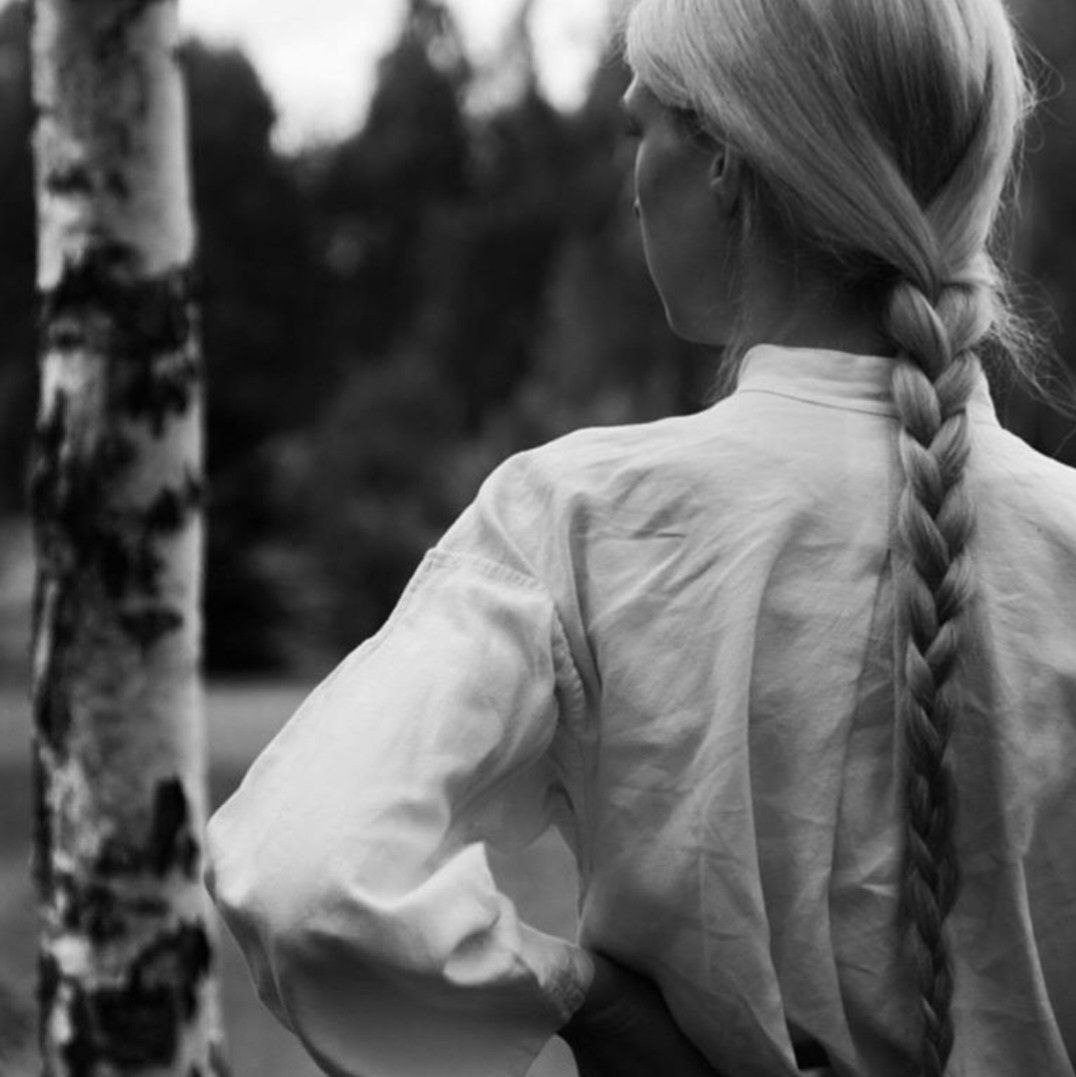❄️ During the last ice age, which lasted until about 12,000–10,000BC, major parts of northern Europe and Scandinavia was covered by a massive ice sheet, a continental glacier several kilometers thick. No human population could exist in the area, as it lacked both vegetation and animal life, and the climate was extremely cold.
❄️ As the climate got warmer, the ice sheet began to retreat from the southern parts, allowing new areas to become habitable. The first people who came to settle in Scandinavia were hunter-gatherers, who followed animal herds up north as the ice sheet melted, and later became the Germanic forefathers of the Native Scandinavians. The oldest traces of them are found in Sweden and Denmark (about 12,000BC). In northern Sweden, Norway and Finland there is evidence of settlements of them around 9,000-8,000BC.
❄️ However, some people do believe that the Sámi were the first indigenous people of Scandinavia, which is incorrect accordingly to genetic and archaeological finds. Archaeological findings shows that early Sámi culture began to form around 1500-1000BC, making it about 7,000 years younger than the first hunter-gatherers presence in northern Scandinavia. A Haplogroup that has been found around Sámi is Haplogroup N, which is originated from the south of China, an Asian Haplogroup. Modern Sámi do have asian DNA, and over the years they’ve been less and less Asian as they’ve mixed with Europeans around them. But there was no Haplogroup N anywhere in Europe to around 2000 years ago. There was non in Scandinavia, even non in Finland at all.
❄️ When investigating which peoples who first populated Scandinavia, it is important to understand the geological and climatological conditions of nature. The Sámi was not first in Scandinavia of what we today know from genetic and archaeological finds and researches. They did not found the Scandinavian states, but counts as indigenous as they were in the region when official state borders was established. The Scandinavians who still inhabits Scandinavia to this day are therefore actually a forgotten indigenous people of Scandinavia.

